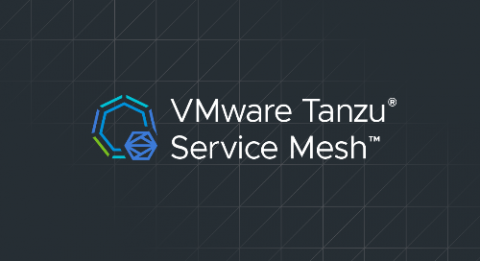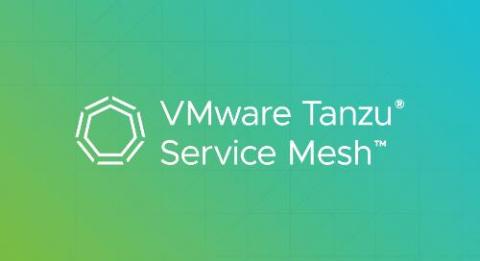As Kubernetes Becomes Ubiquitous, VMware Aims to Solve New Challenges
You can tell the maturity of something by its challenges. For example, the problems of a 27-year-old are different from those of a 47-year-old. In case it’s not clear, this is my attempt at making a relatable analogy to the maturity of Kubernetes. Though, it might be more accurate to say Kubernetes has reached a point of ubiquity; industry analyst research, foundation surveys, and studies including VMware’s 2022 State of Kubernetes report certainly indicate such.











